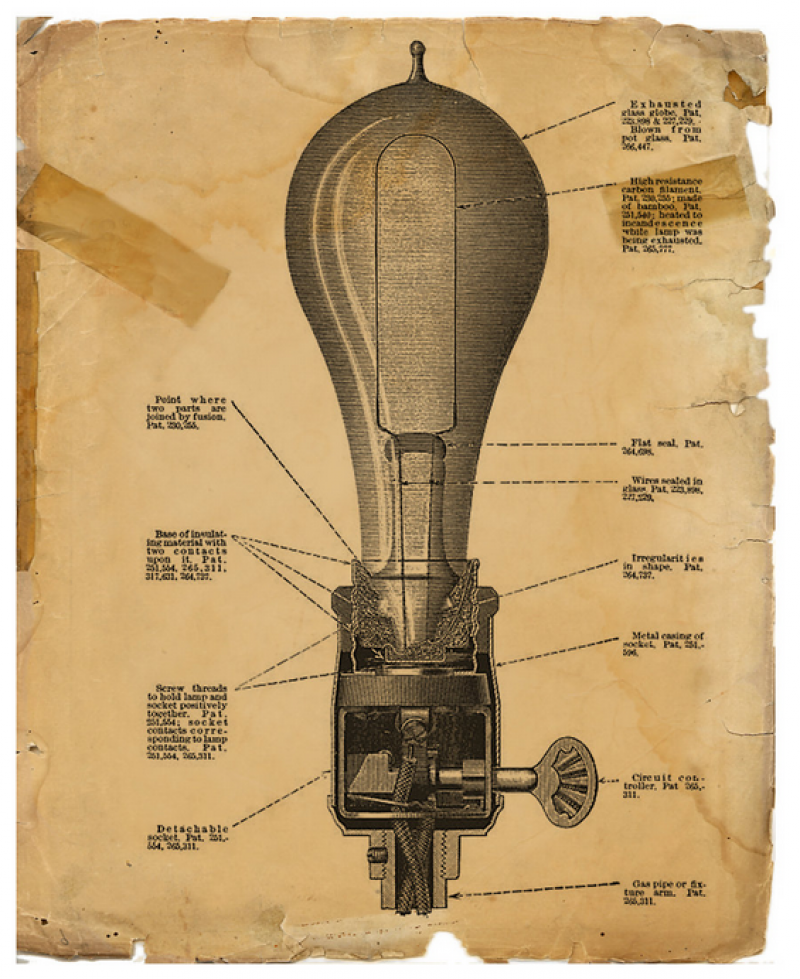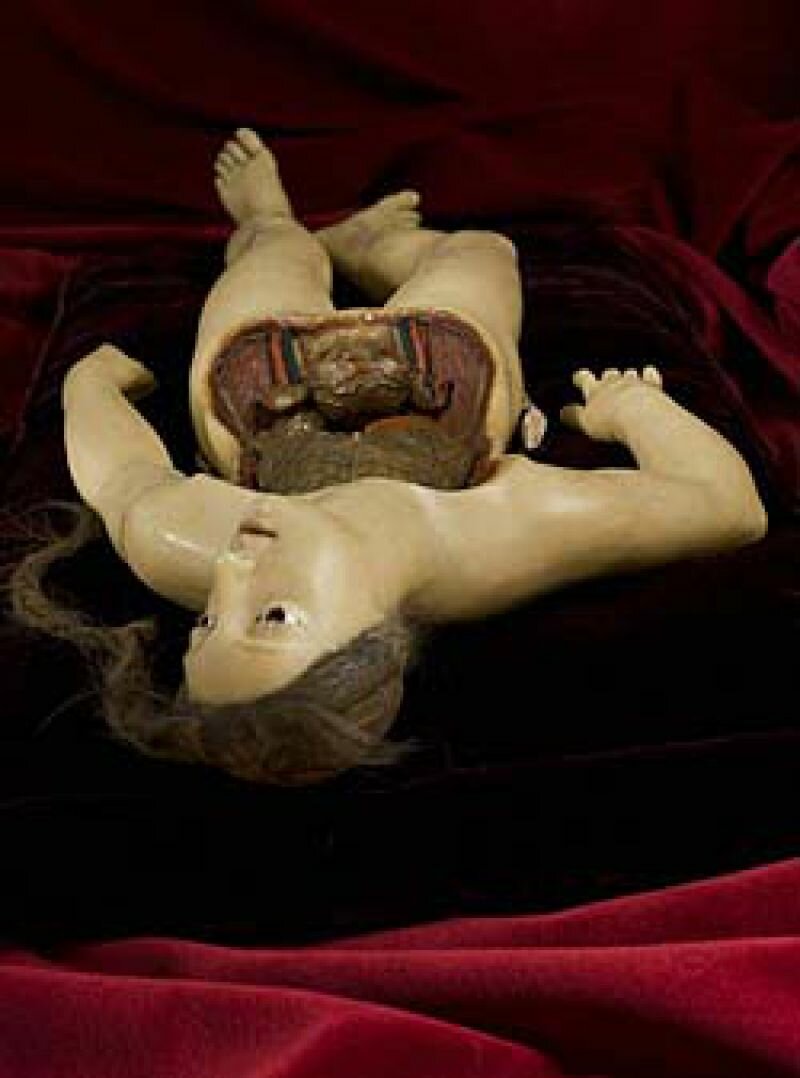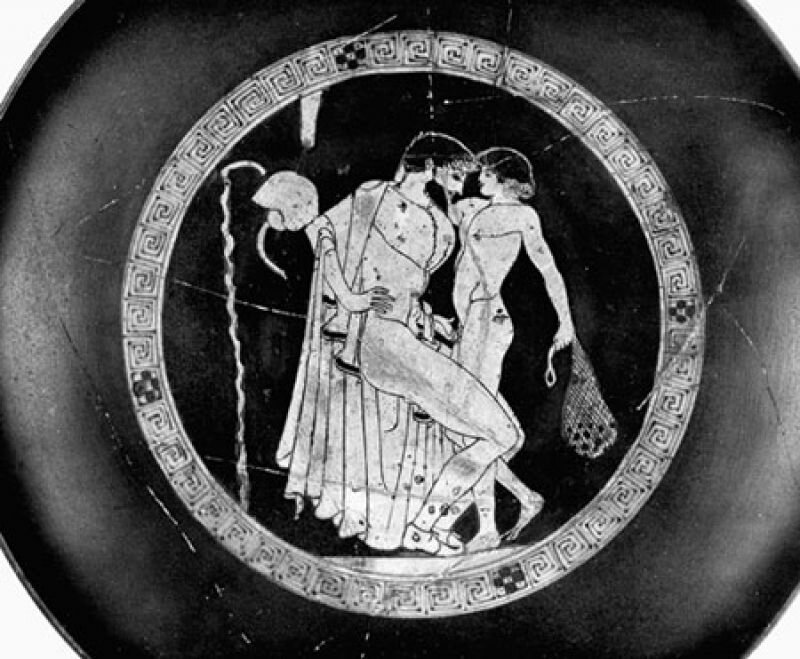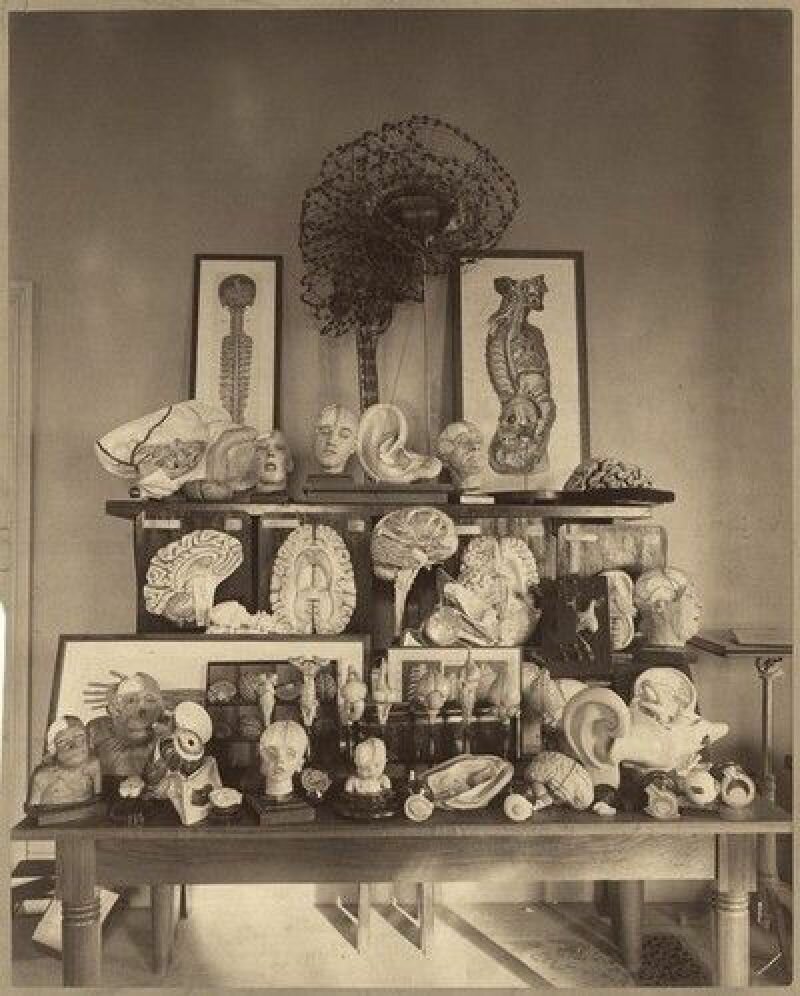
‘I can’t make art, is this an illness?’ is the first question Trudy Dehue asks her audience. As a philosopher and sociologist of science, she specialises in our concept of truth and what reality means within the field of science. At first sight, the question and its conclusion might appear a bit strange, but through her lecture we come to understand that these strange conclusions are normal in today’s society.

Scientific research is much more a matter of shaping reality than of discovering it. By this, Dehue refers to technology and classifications as the main transformers of our perception of reality. Technology allows us to experience the world differently. For example: before the invention of light, parties as we now know them wouldn’t exist. For the simple reason that without light, it is impossible to ‘go out’. In this case, technology changes our perception of reality since we can now experience the night with the help of artificial light.

Saint Augustine (354-430) that same sex relationships were identified as sin.

The first DSM (Diagnostic and Statistical Manual of Mental Disorders), published in 1952, describes ‘homosexuality’ as a disease. This is the first occurrence of this terminology, and it is since then that we name persons that fall for the same gender ‘homosexual’. The reason why people agreed with this definition at the time was that - before this publication of the DSM - being gay was seen as something negative. And if the other option is to be defined as being ‘bad’, most people prefer to be termed as ill. The weird thing is that, although we are far more tolerant now, we still use the DSM definition—in essence the description of a disease. This all has to do with the fact that we have an urge to conform to society.

A next slide shows us a rat with the title: ‘’How to test depression pills?’’ Trudy tells us that scientific research for medicines for depression are done with rats. Generation after generation, the rats are put in boxes with a trap. The rat hangs by its tail and it has to find a way to free itself. When the mouse –test after test– frees itself it is seen as ‘not depressed’. But when the mouse gives up the effort to free itself, it is seen as ‘depressed’. Trudy tries to tell us that we should be more aware of conclusions that are drawn by the medical world. The rats are a great example to show how ridiculous and absurd our notion of ‘depressed’ is and that scientific research is – as said before – much more a matter of shaping reality than of discovering it.